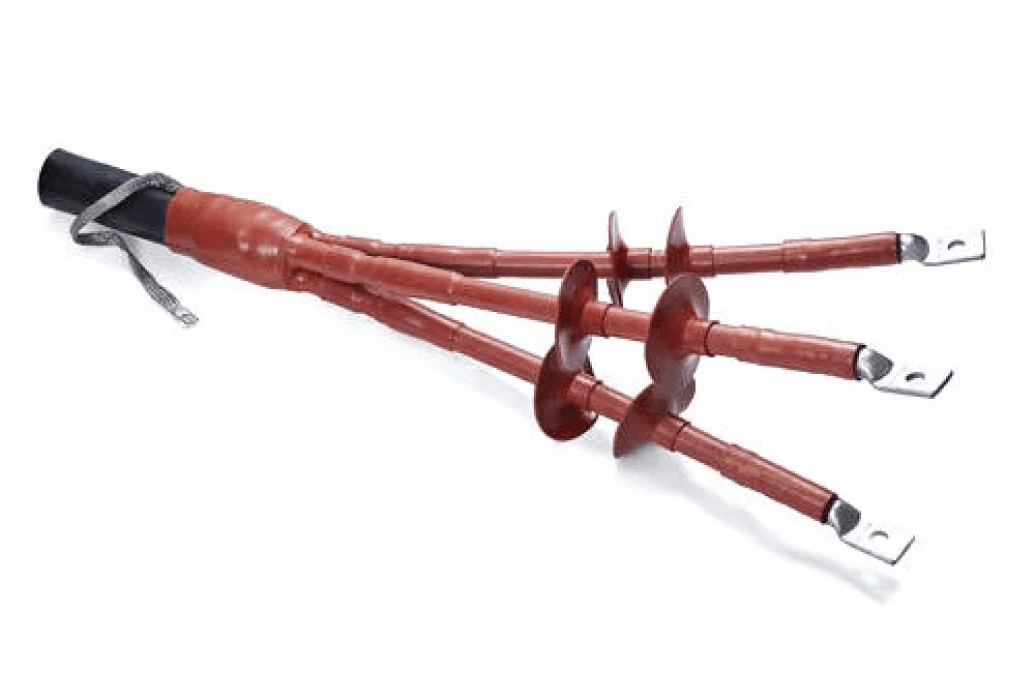
TRANSMISSION KIT
Brands
- RAYCHEM
- & Many More
A transmission kit is a comprehensive assembly of essential components and accessories designed to facilitate the efficient transfer of mechanical power in machinery and vehicles. It plays a pivotal role in enhancing performance, fuel efficiency, and overall driving experience. Whether in automobiles, industrial equipment, or agricultural machinery, a well-designed transmission kit ensures smooth power delivery and optimal utilization of engine power. Let’s delve deeper into the key components, functionalities, and benefits of a transmission kit.
Components of a Transmission Kit:
Transmission Gearbox: The heart of the transmission kit is the transmission gearbox. It houses an array of gears and gear trains, enabling the driver or operator to select different gear ratios to match the desired speed and torque requirements. In vehicles, the gearbox is commonly available in manual, automatic, or continuously variable transmission (CVT) configurations.
Clutch Assembly: The clutch assembly is a critical link between the engine and the gearbox in manual transmission vehicles. When engaged, the clutch connects the engine’s power to the transmission, allowing for smooth power transfer. The driver disengages the clutch while shifting gears to interrupt power flow momentarily, ensuring a seamless gear change.
Torque Converter (Automatic Transmission): In automatic transmission vehicles, the torque converter replaces the clutch assembly. It transmits power from the engine to the transmission without the need for manual intervention. The torque converter uses fluid coupling to smoothly transfer power, offering seamless gear shifts.
Drive Shaft: The drive shaft, also known as the propeller shaft, transfers power from the transmission to the differential or axle, and eventually to the wheels. In four-wheel-drive vehicles, multiple drive shafts are used to power both front and rear wheels.
Differential Assembly: The differential assembly is a set of gears located in the axle that allows the wheels to rotate at different speeds when turning corners. This feature prevents tire skidding and ensures stability and control during cornering.
Universal Joints (U-joints): Universal joints are flexible connectors used to link the drive shaft to the differential or axle. They allow the drive shaft to accommodate changes in angle and rotational movement, ensuring smooth and uninterrupted power transfer.
Functionalities of a Transmission Kit:
Speed and Torque Variation: The primary function of a transmission kit is to provide multiple gear ratios, allowing the vehicle or machinery to operate efficiently at various speeds and under different load conditions. By selecting the appropriate gear, the driver or operator can optimize fuel efficiency and engine performance.
Smooth Gear Shifts: The transmission kit enables smooth and seamless gear changes, whether in manual or automatic transmissions. Smooth gear shifts not only enhance driving comfort but also reduce wear and tear on the transmission components.
Acceleration and Power Delivery: The transmission kit influences the vehicle’s acceleration and power delivery. Lower gears provide higher torque for quick acceleration, while higher gears offer better fuel efficiency and smoother cruising at higher speeds.
Fuel Efficiency: An efficiently designed transmission kit plays a vital role in improving fuel efficiency. By selecting the appropriate gear ratio, the engine operates at its most efficient point, reducing fuel consumption and emissions.
Adaptability to Terrain: In off-road vehicles and machinery, a versatile transmission kit allows for adapting to various terrains and work conditions. Low gears assist in climbing steep inclines or navigating rough terrain, while high gears are ideal for flat surfaces and open roads.
Overdrive (Highway Cruising): Many modern vehicles are equipped with an overdrive gear that allows the engine to run at a lower RPM during highway cruising. This not only improves fuel efficiency but also reduces engine wear and noise.
Benefits of a Transmission Kit:
Improved Performance: A well-optimized transmission kit significantly enhances the performance of vehicles and machinery. It ensures that the engine operates in its most efficient range and delivers the required power to the wheels or driven components.
Fuel Efficiency: A properly functioning transmission kit contributes to improved fuel efficiency, reducing operating costs and environmental impact.
Driving Comfort: Smooth gear shifts and responsive power delivery result in a more comfortable and enjoyable driving experience.
Reduced Maintenance: An efficient transmission kit experiences less stress and wear, leading to reduced maintenance requirements and longer component life.
Enhanced Safety: The ability to select the appropriate gear for different driving conditions enhances vehicle control and safety.
Versatility: In machinery and industrial applications, a versatile transmission kit allows for adapting to varying workloads and terrain, increasing productivity and efficiency.
Conclusion:
A transmission kit is a critical component in machinery and vehicles, responsible for transferring mechanical power from the engine to the wheels or driven components. By providing multiple gear ratios and enabling smooth gear shifts, the transmission kit optimizes performance, fuel efficiency, and driving comfort. Its adaptability to different terrains and work conditions makes it an invaluable asset in various industries, from automotive to agriculture and beyond. With continuous advancements in transmission technology, the future holds even more efficient and sophisticated transmission kits, further enhancing the capabilities of machinery and vehicles.


